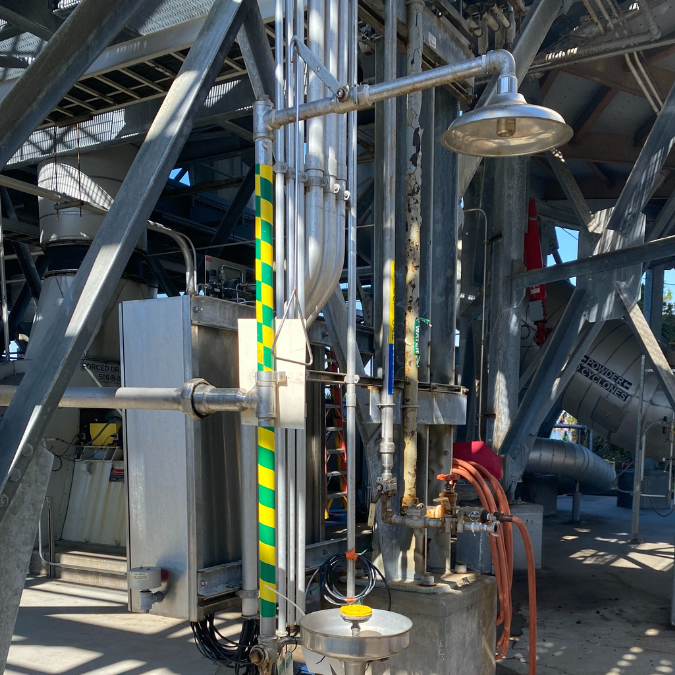What is a Safety Shower?
A safety shower, also known as an emergency shower, is a specialized fixture designed to provide immediate decontamination and relief in the event of chemical spills or exposure to hazardous substances. Typically located in laboratories, manufacturing facilities, and other industrial settings where hazardous materials are handled, safety showers serve as a critical first response measure to minimize the effects of chemical exposure on the body.
Functionality of Safety Showers
Safety showers are equipped with large, overhead showerheads that deliver a continuous flow of tepid water to drench the affected individual rapidly. The purpose of the shower is to dilute and rinse off any chemicals or contaminants that may have come into contact with the skin or clothing. Additionally, some safety showers may include eyewash stations to address eye exposure to chemicals or foreign particles.
Importance in Emergency Response Protocols
In the event of a chemical spill or exposure incident, time is of the essence. Safety showers provide immediate access to decontamination measures, allowing affected individuals to rinse off hazardous substances within seconds of exposure. This rapid response can help minimize the extent of injuries and prevent further harm to the affected individual's health.
Best Practices for Installation and Maintenance
Proper installation and regular maintenance of safety showers are crucial to ensure their effectiveness during emergencies. Key best practices include:
- ● Location: Safety showers should be strategically located in areas where hazardous materials are handled or stored, with clear signage indicating their presence and directions for use.
- ● Accessibility: Safety showers should be easily accessible and unobstructed to allow quick access in case of an emergency. They should be located within a maximum of 10 seconds' reach from the hazard.
- ● Water Supply: Safety showers must be connected to a reliable water supply capable of delivering a sufficient flow rate and pressure to ensure effective decontamination.
- ● Temperature Control: The water delivered by safety showers should be tepid (neither too hot nor too cold) to prevent thermal shock to the affected individual's body.
- ● Training: All employees should receive training on the location and proper use of safety showers as part of their emergency response preparedness.
Conclusion
In conclusion, safety showers play a critical role in ensuring workplace safety and protecting workers from the potential hazards of chemical exposure. By providing immediate access to decontamination measures, safety showers can mitigate the effects of chemical spills and help prevent serious injuries. Employers must prioritize the installation, maintenance, and proper use of safety showers as part of their overall safety protocols to create a safer work environment for all employees.
